- Product
- Solution for
For Your Industry
- Plans & Pricing
- Company
- Resources
For Your Industry

Price monitoring is the ongoing process of tracking, analyzing, and comparing market prices across competitors, channels, and products.
It helps pricing managers:
Maintain competitiveness in fast-moving markets.
Identify margin opportunities.
Detect anomalies in promotions or discounts.
Align pricing with brand positioning and value.
When done accurately, price monitoring forms the foundation of dynamic pricing and competitive intelligence.
When done poorly, it feeds every pricing decision with flawed data.
Inaccurate price monitoring doesn’t just reduce margins — it silently eats into profitability across every product line. When competitor data is wrong, even by a few percent, the entire pricing logic that follows becomes flawed. Over time, this erodes competitiveness, confuses customers, and distorts strategy.
The result? Lost revenue, weakened market position, and a pricing model built on false assumptions — all consequences that could have been avoided with accurate, real-time monitoring.
Your brand’s price position signals quality and trust. If inaccurate monitoring data shows you as higher or lower than you truly are, you can lose both credibility and customers.
Inaccurate data doesn’t just distort daily pricing — it corrupts strategy.
Forecasting, budget planning, elasticity analysis, and promotional investments all rely on accurate price inputs.
Bad data means bad strategy — even if the models look sophisticated.
Price inconsistencies across channels (e.g., website vs. marketplace) create customer confusion and frustration.
When customers perceive your pricing as unfair or unstable, loyalty and lifetime value decline — fast.
Understanding the root causes of inaccuracy is the first step toward fixing it.
If your system captures competitor prices only once a day (or less), your insights are already stale.
Real-time market changes — flash sales, stockouts, repricing events — can make yesterday’s data irrelevant.
Automated crawlers sometimes link the wrong competitor product (similar SKU, different specs). This “bad match” propagates misleading pricing data across dashboards and reports.
Mixing manual scraping, APIs, and third-party datasets without validation leads to overlapping — and conflicting — price inputs.
Manual data entry, spreadsheet uploads, or delayed updates remain surprisingly common. Each human interaction introduces risk into the pricing workflow.
Price inaccuracies rarely stay isolated. They propagate across your entire pricing intelligence ecosystem:
Pricing models generate wrong recommendations.
Dynamic pricing systems adjust based on false signals.
Reports and forecasts guide leadership decisions with flawed insights.
In other words, inaccurate monitoring isn’t just a pricing issue — it’s a business intelligence issue.
The financial impact of inaccurate pricing data can be profound. Let’s consider a simple example.
A retailer with 10,000 SKUs updates prices based on competitor data scraped once daily.
If just 5% of those entries are inaccurate — and each leads to a $0.50 margin error — the company loses $25,000 per day in avoidable leakage.
Extrapolated across a year, that’s over $9 million in hidden loss.
And that doesn’t include the opportunity cost of missed competitive advantages or brand damage.
The good news: price monitoring accuracy can be dramatically improved through a combination of technology, governance, and process discipline.
Implement automated, real-time data collection systems that pull from verified, stable sources.
Look for:
High data freshness (hourly or real-time)
Multi-source verification
AI-based anomaly detection
Modern pricing intelligence platforms like tgndata centralize this process, removing manual bottlenecks and improving accuracy.
Ensure your system identifies equivalent competitor products correctly — even when descriptions differ.
AI-driven matching models can learn from product attributes, categories, and metadata to achieve >95% accuracy in SKU mapping.
This step alone eliminates one of the most common sources of pricing distortion.
Build logic that automatically flags suspicious entries:
Prices that deviate too far from average.
Missing data from key competitors.
Unexpected currency or unit mismatches.
Automated validation ensures bad data is caught before it influences decisions.
Assign clear ownership for pricing data accuracy within your organization.
Data team: monitors quality.
Pricing team: validates business logic.
IT/Platform: ensures uptime and consistency.
Define measurable KPIs for accuracy and timeliness — and review them regularly.
Use real-time dashboards and alerting tools to monitor anomalies.
If a competitor’s price drops unexpectedly, your system should notify you — but only if that data point passes quality checks.
Pricing accuracy isn’t just a technical discipline — it’s a mindset.
Organizations that prioritize data trust empower teams to make faster, smarter, and more confident decisions.
Here’s how to embed it culturally:
Treat pricing data as a strategic asset, not an operational byproduct.
Celebrate accuracy improvements as business wins.
Integrate pricing accuracy metrics into performance reviews and team KPIs.
When accuracy becomes everyone’s responsibility, performance follows naturally.
At tgndata, we help businesses eliminate the hidden costs of inaccurate price monitoring through:
Real-time data ingestion and validation pipelines
AI-powered product matching for precision mapping
Automated anomaly detection for continuous quality control
Visual dashboards and alerts to keep teams proactive
By combining automation, AI, and human oversight, tgndata ensures pricing teams always act on clean, reliable, and context-rich data.
Pricing success begins with trustworthy data.
Inaccurate price monitoring undermines strategy, automation, and profitability — often silently.
The companies leading in pricing intelligence aren’t just faster — they’re more accurate.
They understand that every percentage point of data accuracy compounds into stronger margins, smarter decisions, and sustained competitive advantage.
At tgndata, we help organizations achieve that precision — turning price monitoring from a reactive task into a proactive source of growth.
Get in touch with tgndata to strengthen your pricing accuracy →

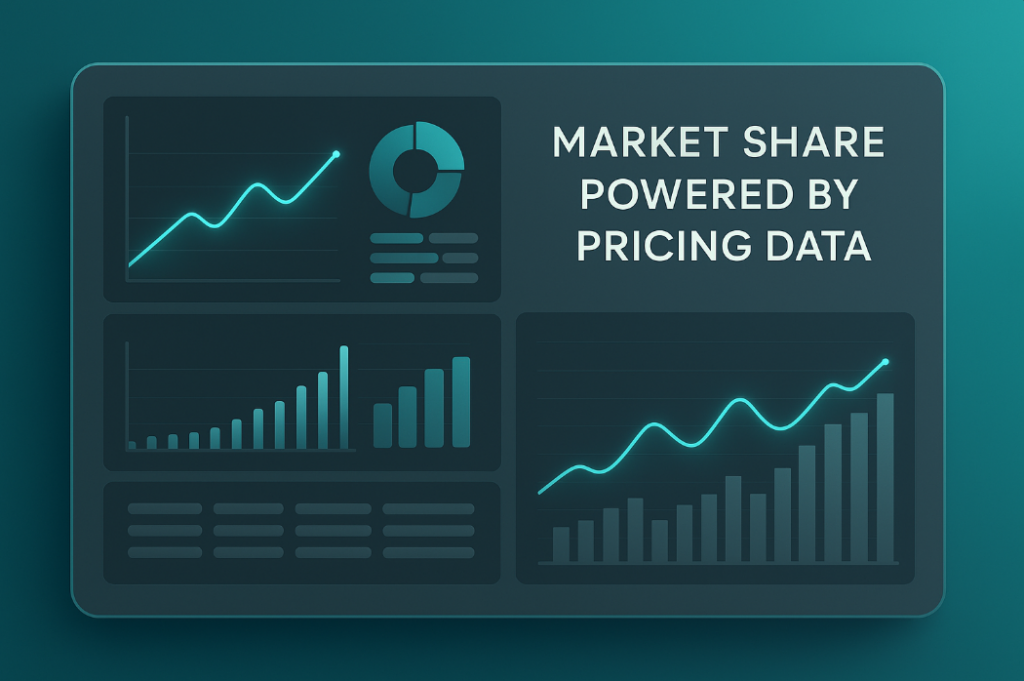
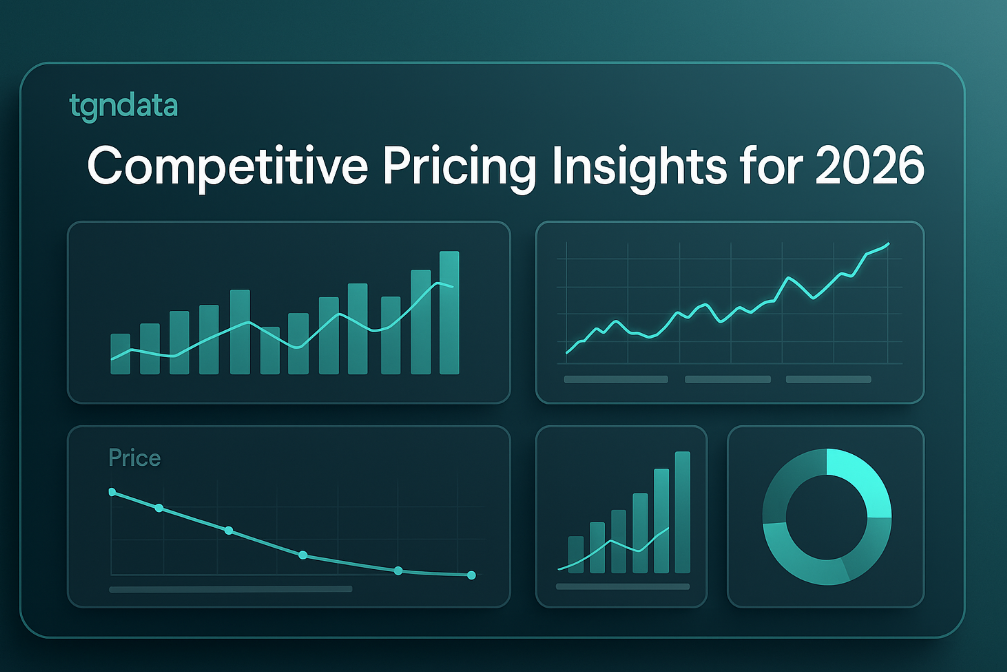
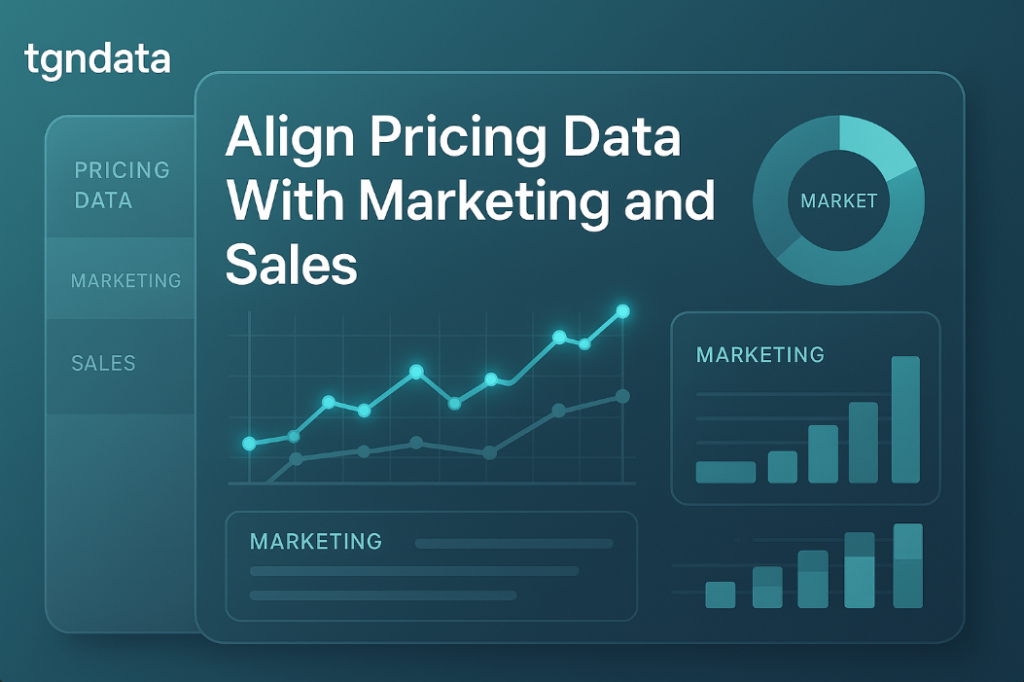
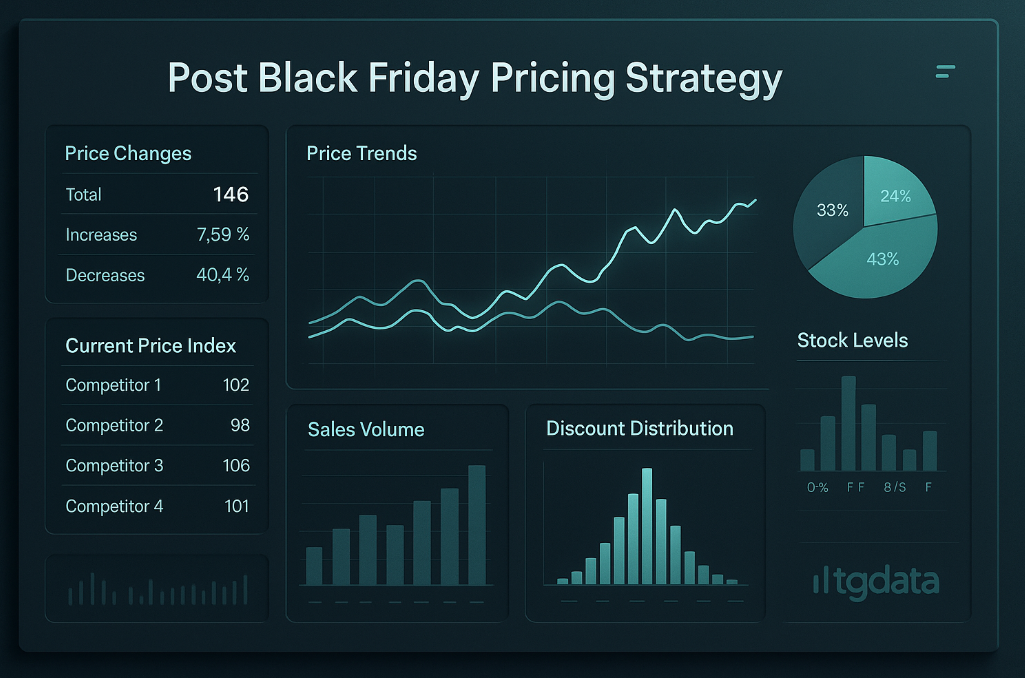

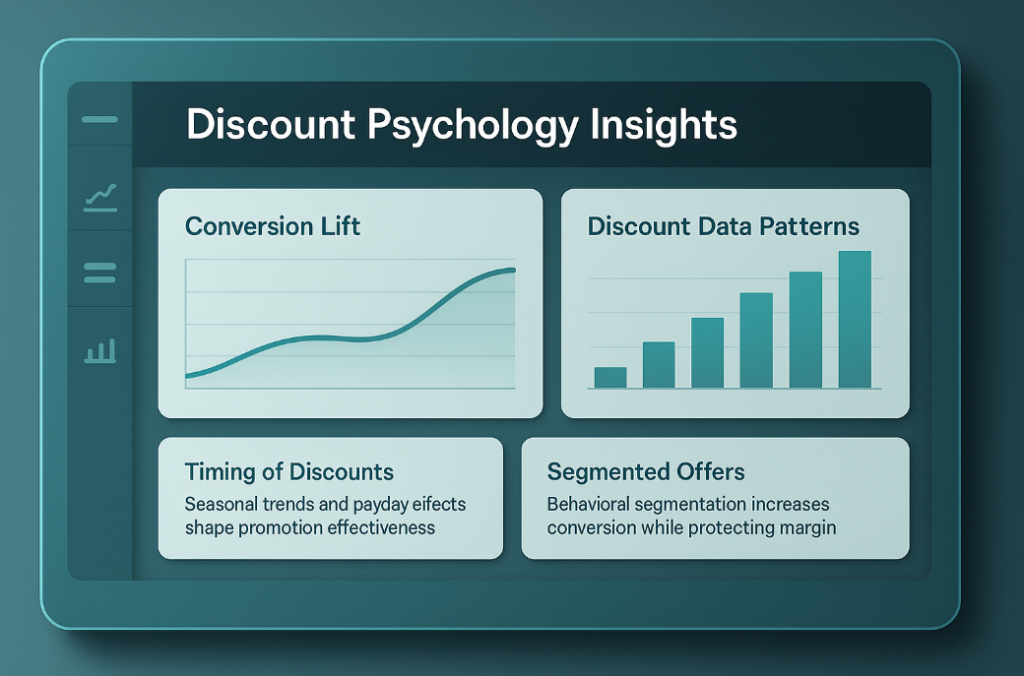






Missing an important marketplace?
Send us your request to add it!